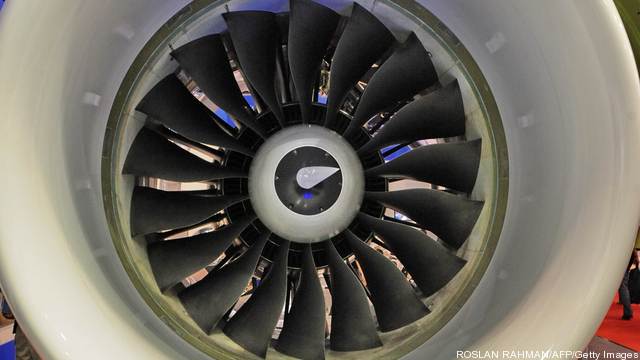This updated list is actually good news. OK, if Black Friday can start on Thanksgiving, then we can start making year-end lists on December 1. We listed the more than 200 VC-funded solar startups back in 2008. We knew that we’d be writing about most of them on their way up — as well as on their way down.… Keep reading →
Acquisition
Sign up and get Breaking Energy news in your inbox.
We will never sell or share your information without your consent. See our privacy policy.
Hear a bugle blowing? For the beleaguered renewables industry, the cavalry may be riding to the rescue.
The US Army is inviting suppliers who can build, own and operate solar, wind, geothermal or biomass generation to qualify for a pool of contractors who will perform an anticipated $7 billion worth of work for military installations. Keep reading →

The commitment of the US military to renewable energy is serious, long-term and about guaranteeing energy security for missions, and it is not a short-term environmental program, the US Army’s energy and installations chief stressed today.
“I’m here to tell you that the Army is serious about this; this is not about environmentalism,” US Army Assistant Secretary for Installations, Energy and Environment Katherine Hammack said at the Renewable Energy Finance Forum – Wall Street in New York City today. Keep reading →
 US President Barack Obama (L) and Senate Majority Leader Harry Reid (R) tour Photovoltaic Array at Nellis Air Force Base in Las Vegas, Nevada, May 27, 2009 with Base Commander Colonel Howard Belote.
US President Barack Obama (L) and Senate Majority Leader Harry Reid (R) tour Photovoltaic Array at Nellis Air Force Base in Las Vegas, Nevada, May 27, 2009 with Base Commander Colonel Howard Belote.
The US military services want to derive 3 gigawatts of electric capacity from renewables by 2025, but they don’t have the budget to pay to build it. Keep reading →

Biofuels could be a “game changer” for both military and commercial aviation, says Assistant Secretary of the Air Force Terry Yonkers, because they’re proving to have advantages over petroleum-based jet fuels that go beyond the environment.
Biofuels are produced from plant feedstocks or organic wastes. Public and private research has been focusing on production from non-food sources like algae, camelina, and jatropha, and on sustainable and economic ways to cultivate them. Keep reading →

The recent growth in US natural gas production, growing power needs in emerging markets and strong momentum behind sustainability measures represent strong tailwinds for Pratt & Whitney’s Power Systems Division, but challenges remain.
The power systems division accounted for a relatively small share – roughly 5% – of Pratt & Whitney’s total $12.7 billion in 2011 sales. But at a recent press briefing in the company’s headquarters of Hartford, Connecticut, President Dave Hess told reporters the power system division has experienced five years of steady growth. The company expects revenue generated by the Power systems division to increase by about 23% year-on-year in 2012. Keep reading →

A billion dollars of investment later, US engine manufacturer Pratt & Whitney has begun flight testing its PurePower Geared Turbofan Engines. The new technology lowers fuel consumption, noise signature, greenhouse gas emissions and maintenance costs.
“The engine used a lot less fuel than we expected, we had to adjust the fuel load for the next flight,” Marc Kirner, Director of Flight Operations for Pratt & Whitney Canada told reporters at a recent media event in Hartford, Connecticut. Keep reading →

What’s big, green and set to save taxpayers money over the course of the next 30 years? A new 3.4 megawatt (MW) solar power installation at Edwards Air Force Base in Southern California, that’s what. Comprising three ground-mounted, single-axis tracking solar farms, the system was built and is owned by Borrego Solar, which will sell power to the military base under the terms of an in-house power purchase agreement (PPA).
“Our utility bill can range anywhere from $15 million to $18 million a year and our utility bills for the summer actually double, but our consumption only goes up 3 percent,” said James Judkins, 95th Civil Engineering director, Edwards Air Force Base, in a statement. “What we’re trying to do (with this project) is not so much conserve energy, but save money.” Keep reading →

Much like microwaves and satellites, the US military could serve as an incubator for hydrogen fuel cell vehicle technology, helping it advance to a point where it can stand on its own in the global marketplace. In one of the latest examples of the private sector collaborating with the military on new technologies, General Motors and the U.S. Army, Pacific recently launched a 16 hydrogen fuel cell vehicle fleet in Hawaii.
The US Army views this as a worthwhile investment because its desire to reduce fossil fuel reliance, which can be a security concern. The contract is for a fleet of administrative vehicles that will be driven on base and around Oahu. Keep reading →


